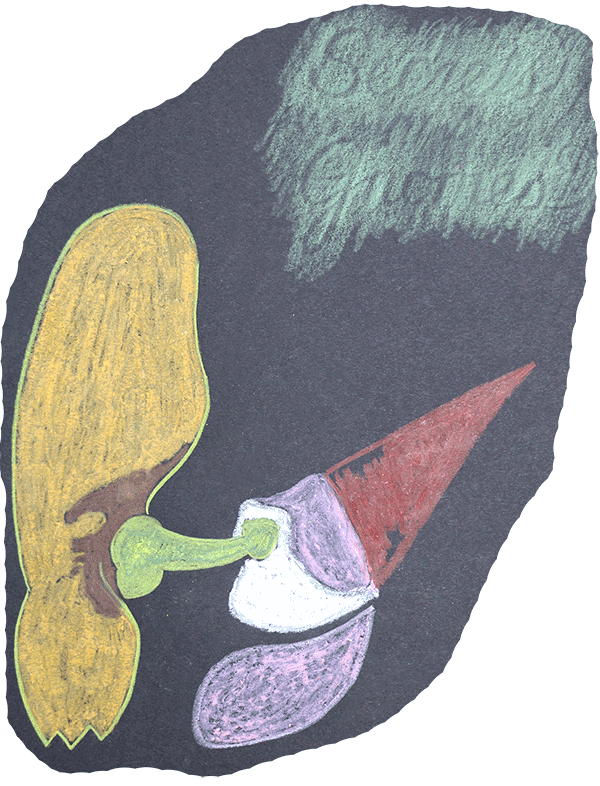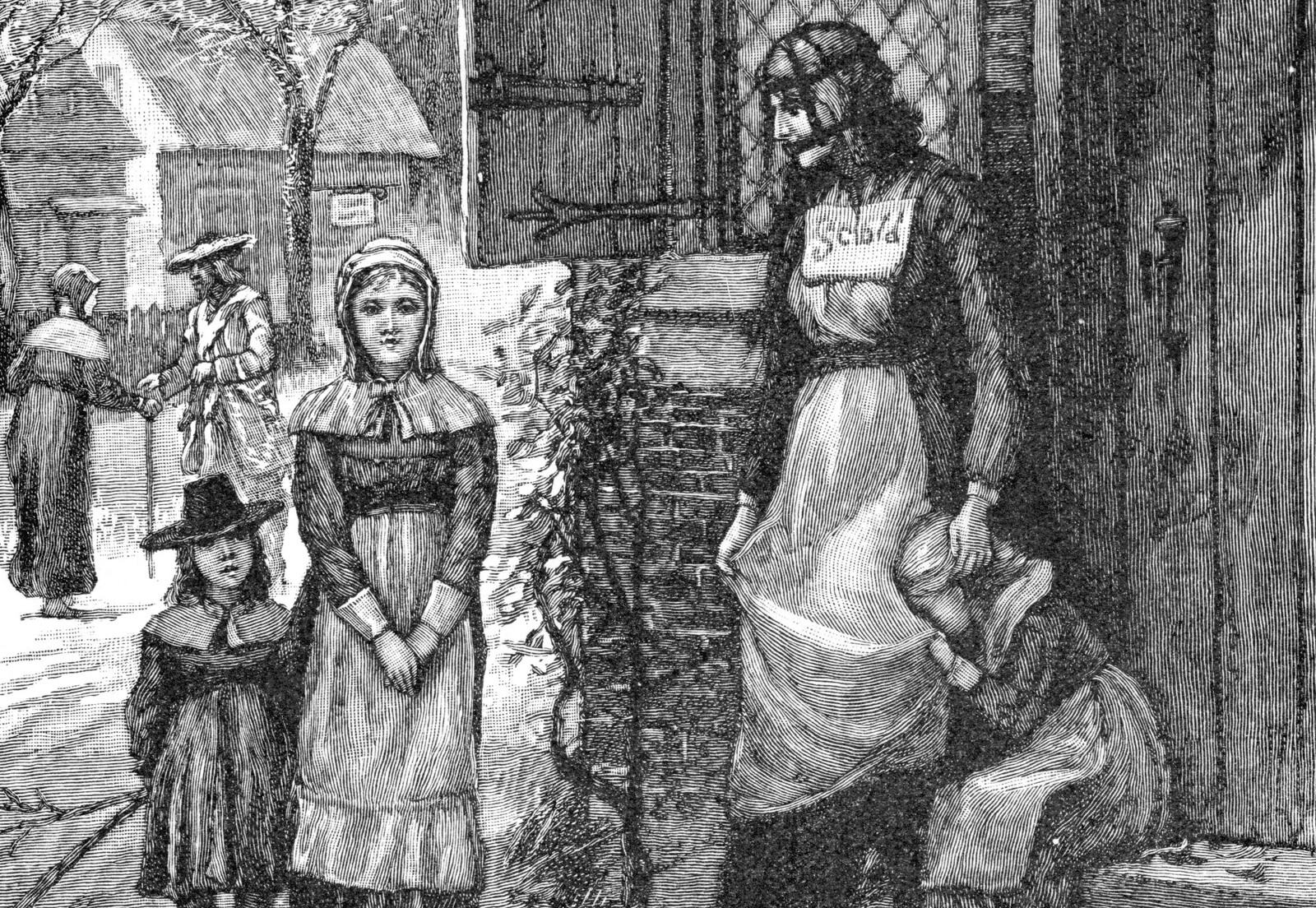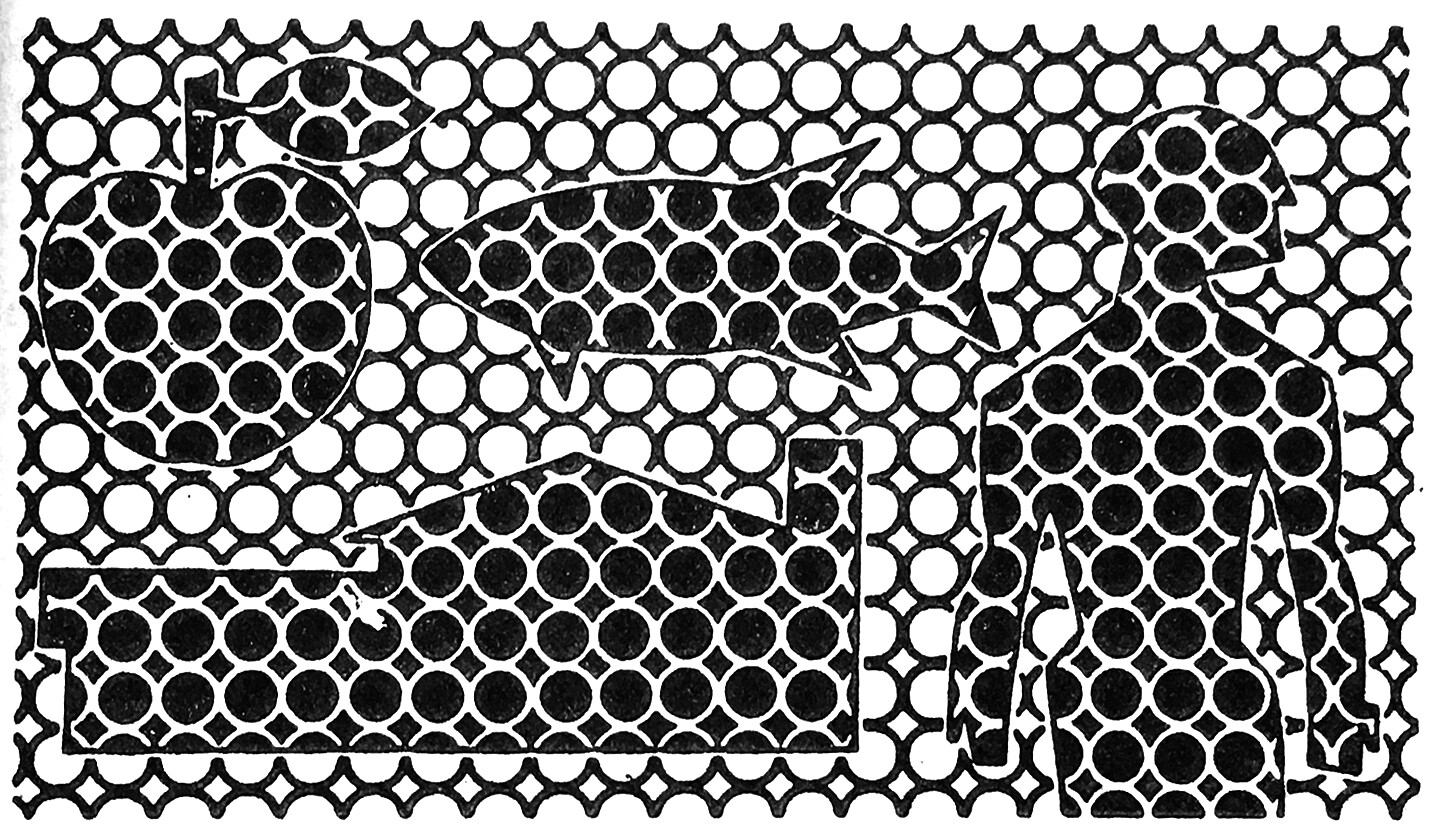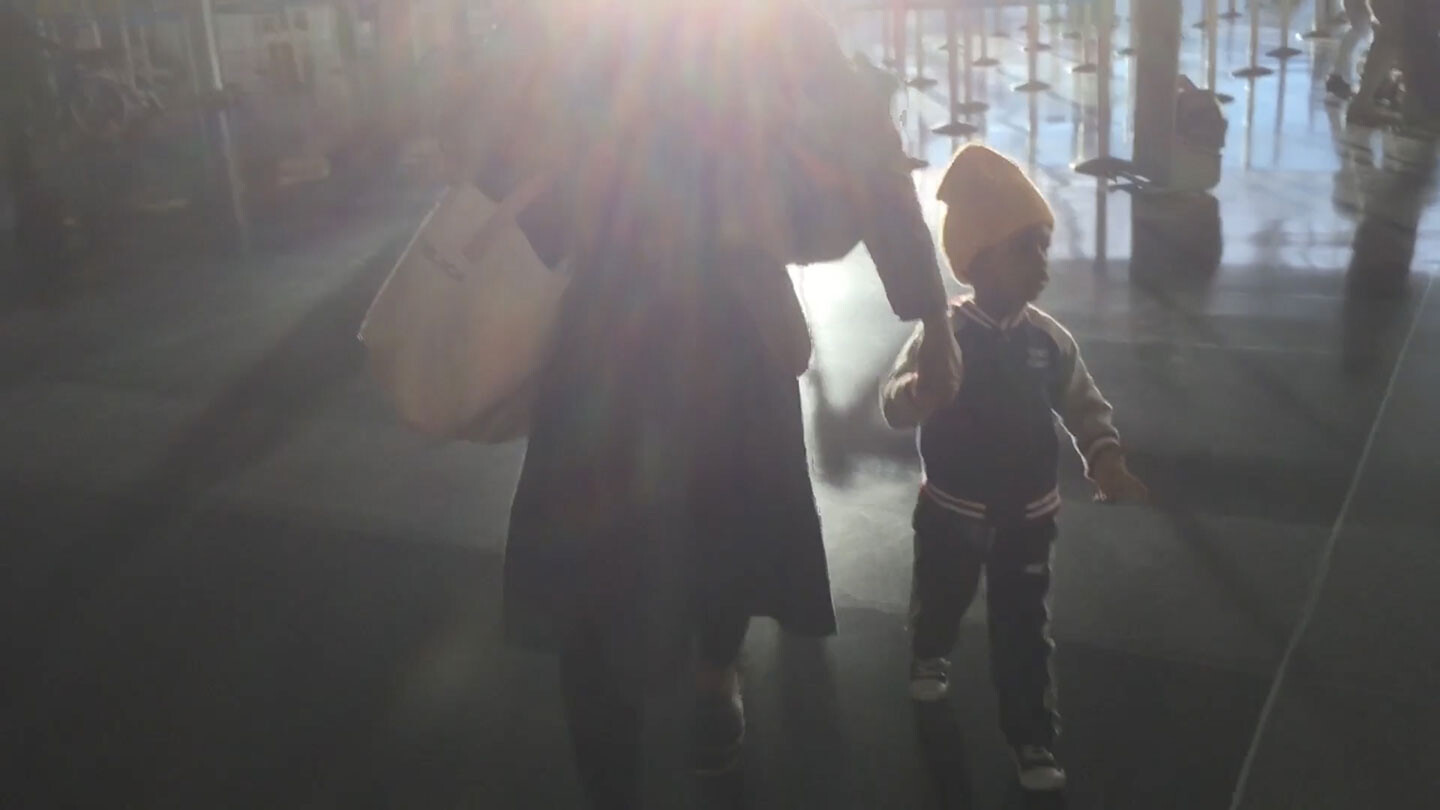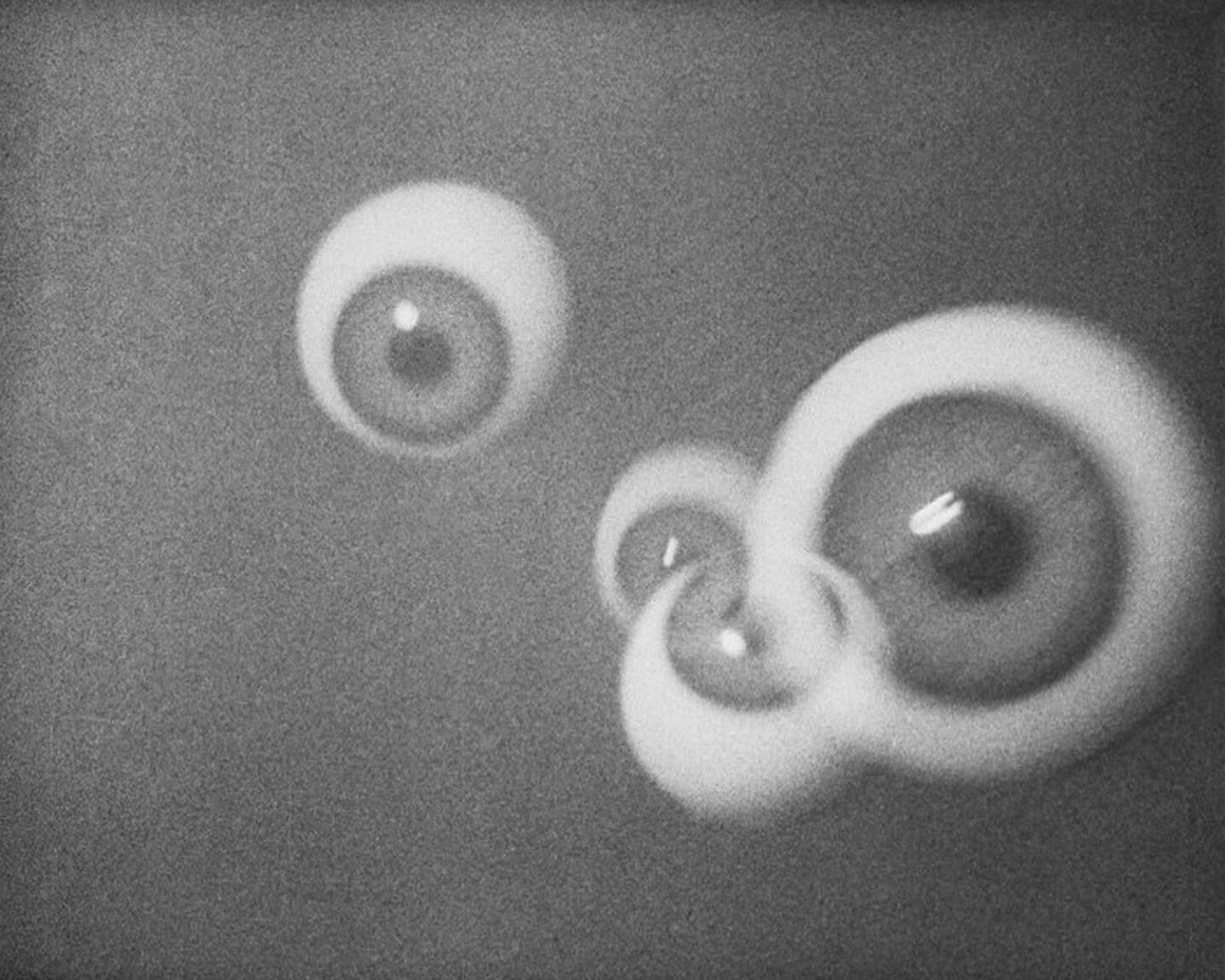Europeans joke about the laboratorial whiteness of American teeth. It all began with George Washington. He wanted teeth, perfect or otherwise. The president was in possession of an awful mouth. Abscesses festered, decay triumphed. At age 24, the first extraction. Twenty years later, incisors, canines or cuspids were gone. As he savored the gnarly taste of immortality, the rosy-cheeked progenitor was “indisposed with an aching tooth and swelled and inflamed gums”—dentures mauling the gums. When he spoke these words: “No people can be bound to acknowledge and adore the invisible hand, which conducts the affairs of men more than the people of the United States,” there was only one tooth in the foul mouth. As words billowed out of the acrid cavity, the fetor wafted, thick enough to see. It should have choked frogs; it should have made men sputter, but instead swarming bots swallowed the miasma and spewed out sulfuric brimstone, the thickening substance gumming nation.
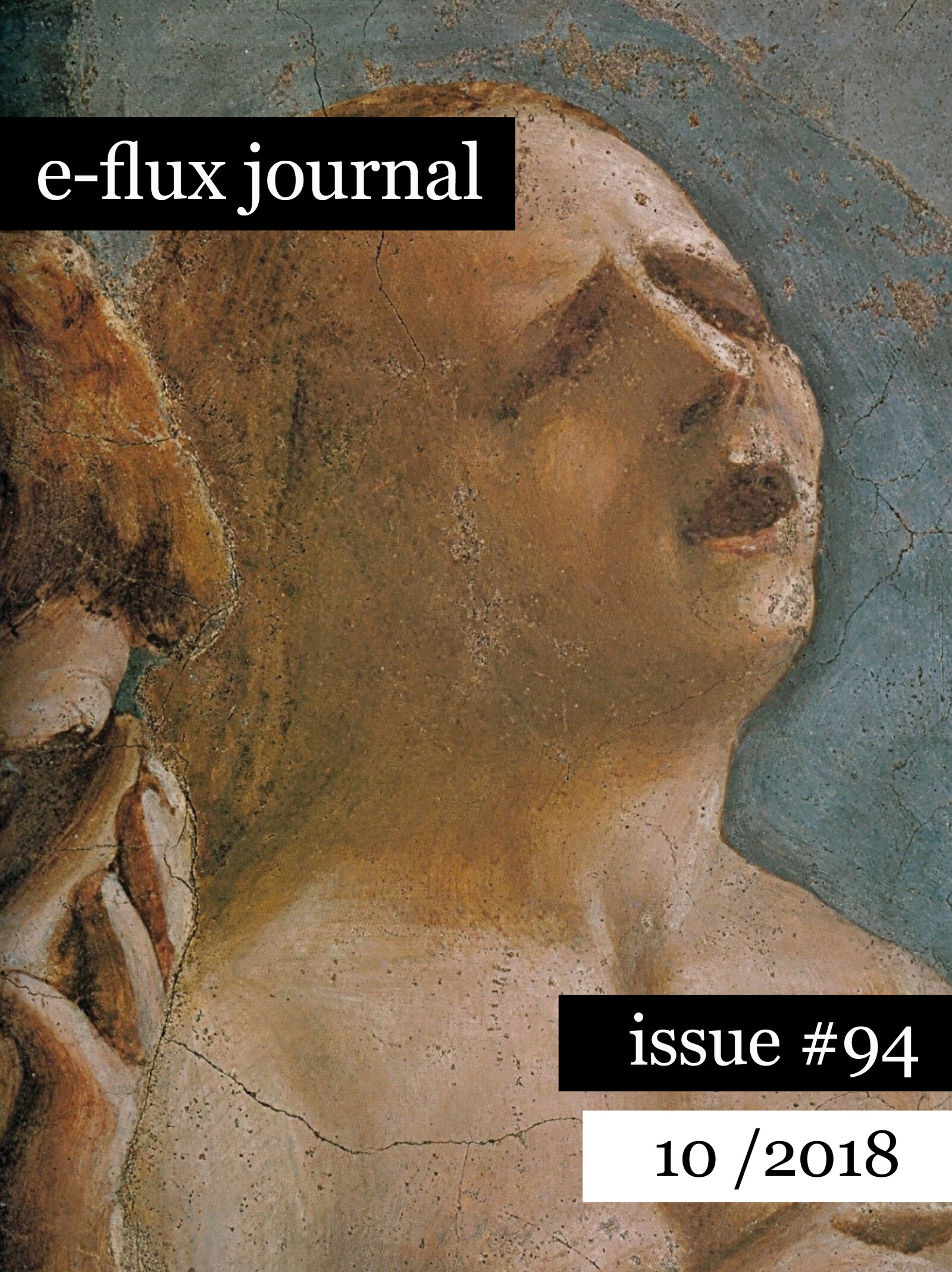
Masaccio, Expulsion from the Garden of Eden (detail), c. 1424–1428. Fresco. Photo: Wikimedia Commons/Public Domain.
Masaccio painted his fresco of the Expulsion of Adam and Eve from Eden (c. 1424–28) just about 600 years before 2030, which is the current cutoff point for humans to curb global temperature rise, or risk quicker extinction. In Masaccio’s rendering, the expelled pair walk together from the green valley crying with open-mouthed agony. Caught in this moment during their walk of shame, their lips, especially Eve’s, surround gaping dark ovals: Where are their teeth?
Recent years have demonstrated that propaganda can set into motion vast geopolitical processes, from the Brexit vote and the election of Trump—both of which took place amidst a haze of misinformation—to more brutish examples, like the rise of the authoritarian regimes of Erdoğan, Modi, and Duterte. These events have shown that responding to the propaganda of the Nationalist International with mere “facts” is no solution, because facts need narratives to make them effective and affective. While it is crucial to develop a collective “propaganda literacy,” understanding propaganda does not stop propaganda. To oppose the various propagandas discussed above, we will need infrastructures and narratives that mobilize the imagination to construct a different world.
Laughter is a sense-making device in the darkest phases of restraint, and also a means of self-extension. Bodies in pain and souls in fury are fundamentally transformed in sonorous gradations of mirth. “Isn’t laughter the first form of liberation from a secular oppression?” asked Luce Irigaray. Rational terror is pulverized by the Medusa’s laugh—to draw from Cixous’s formulation—an entrapped body given release in her reverberation.
Does climate change instantiate the “Kantian gap” between phenomenon and thing-in-itself, or rather actualize the Kantian correlation between mind and world, of which the thing-in-itself is the irrelevant remainder? As Déborah Danowski and Eduardo Viveiros de Castro have argued, “We can see the irony of our predicament as that of a catastrophic terrestrial objectivation of the correlation”—in other words, “human thought, materialized as a giant technological machine of planetary impact, effectively and destructively correlates the world.” If the productive abstractions of modern technoscience—this weaponized, transformative, operative logos—have remade the world, they have done so through the “actually existing linearity” of GDPs and CO2 levels.
Even though Love is the Message offers an amazing account of generative ambivalence and creative survival, even while it also gives rise to encompassing hopefulness in collective moments of love, solidarity, ethical conviction, and collective justice-seeking, it simultaneously obliterates any consideration of extending or sustaining its world of horror, one of beyond-grotesque inequality, impoverishment, and violence that renders Black life and lives matterless by the state and its human apparatuses. Unlike The Breakthrough Institute, which proffers art and leisure as rewards, Jafa’s sci-fi reaches the realm of cosmopolitical magnitude without losing sight of vernacular instances of in/justice, of situated expressions that are future-oriented but historically informed, and which are dedicated to the reinvention of everyday life, art, culture, politics, mourning.
The photographs I am devoted to are not merely set to disappear in their time capsules; they wait for viewers, ready to wrestle through the now and future nows. “Lesbian photography” has learned how to orbit through inhospitable dominant cultures, through normalizing forces that have always wanted to deny the presence of an image culture rooted in anti-hierarchical and anti-capitalist practices of self-determination. Restraining myself from the fuzziness of nostalgia, I acknowledge that “lesbian photography” is simultaneously not immune from creating and perpetuating inhospitable cultures. Yet a lustful ekphrasis makes space for minutia as opposed to absolutes and leaves space for conflict and imagination while contending with an overwhelming loss and conflict of information.
